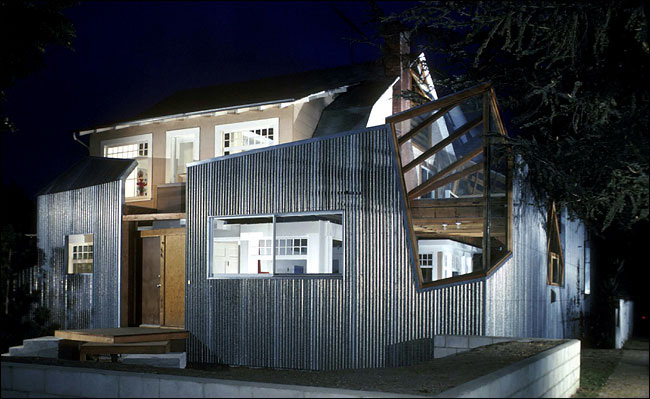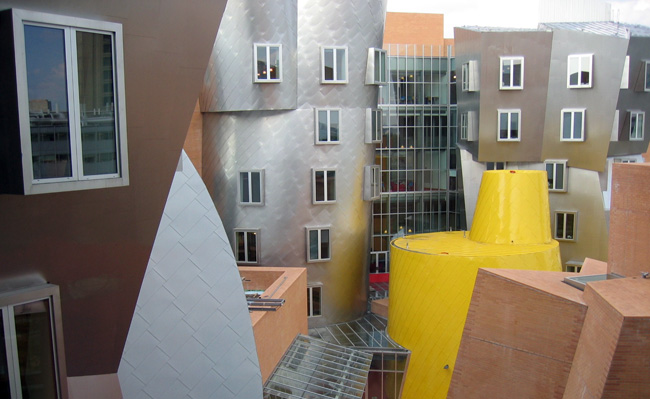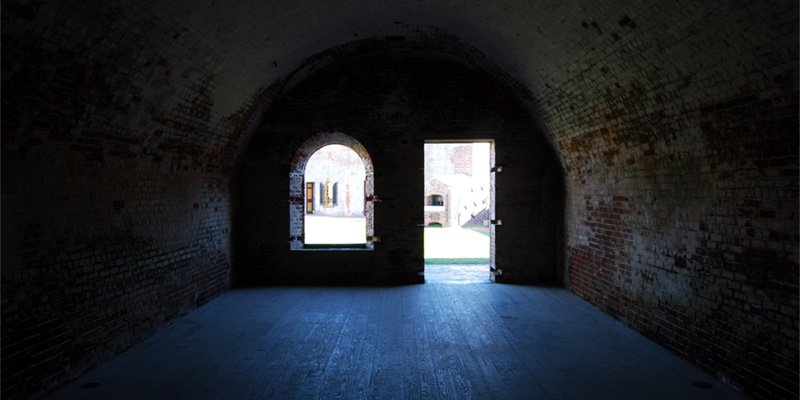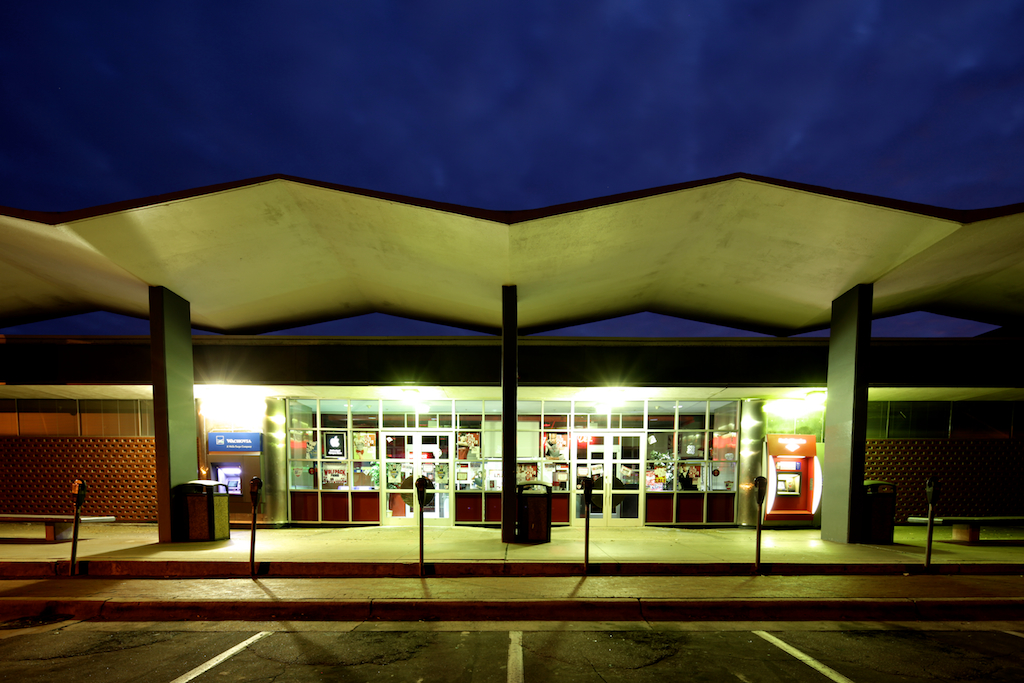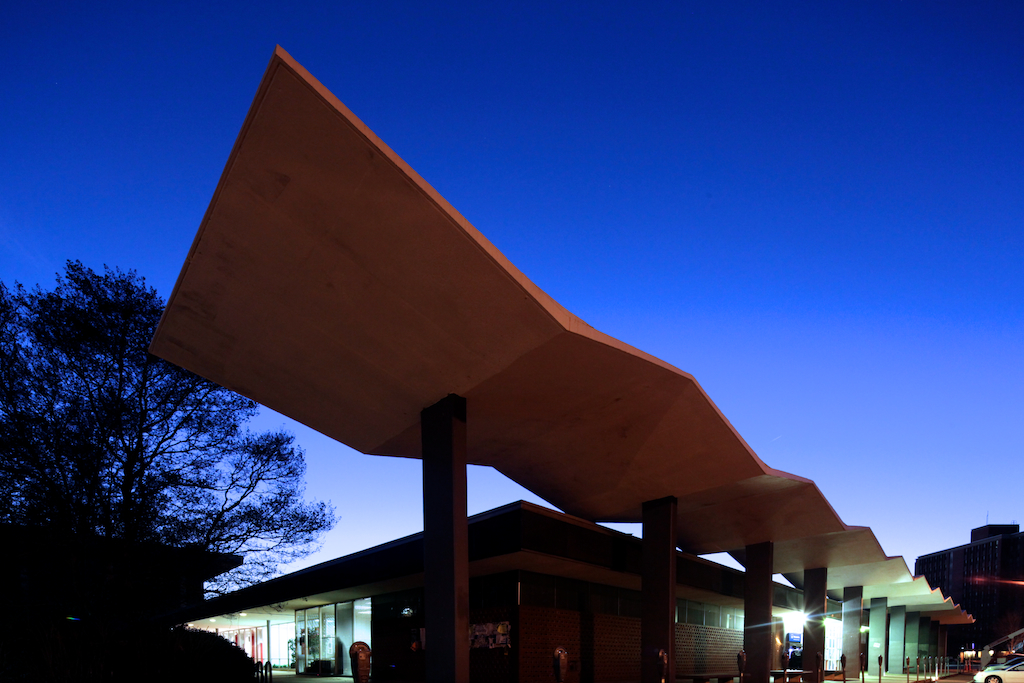You may or may not have heard of the Passive House Institute, but by the end of 2011, I expect it will be as household a name as Energy Star or even LEED. Builder magazine agrees, calling it one of the top ten building trends for 2011. In a nutshell, the concept is to create the highest energy efficiency standard for residential construction on the planet. Unlike LEED or Energy Star buildings, Passive House structures are focused first and foremost with a tight building envelope and proper passive solar orientation. The end result is a system that costs about 10% of a typical equivalent residential structure to heat and cool.
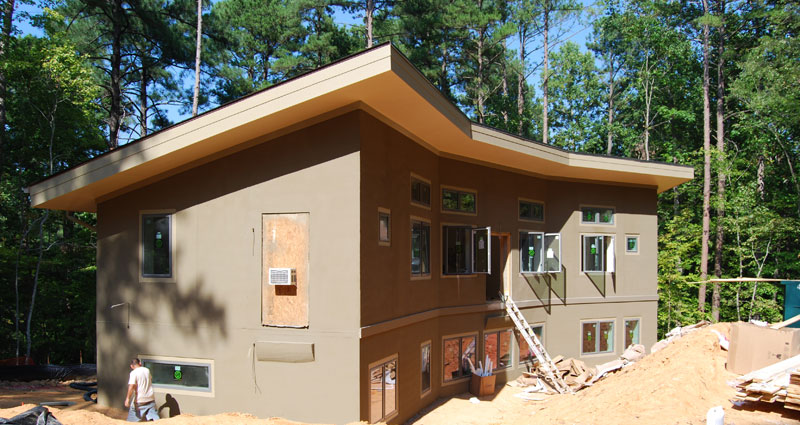
Passive House Under Construction - Carrboro, NC
While the idea is obviously more expensive to implement then some lesser building standards, the Passive House standard is clearly aimed at life cycle cost over investment cost. On a side note, if you’re interested in more on very long term thinking, check out The Long Now; I believe I found out about their project via TED, but find the concept of problem solving for multiple generations to come to be fascinating.
The house under construction, pictured above, was built by Anchorage Building in Carrboro, NC. I hope to have more pictures of a joint Passive House project to share in the near future, and am putting some coins in the piggy bank to become a certified Passive House Consultant myself. The sheer audacity of the building standard itself is perhaps what is most impressive. So impressive, in fact, that some of the building materials required for the assemblies are extremely hard to obtain. Take the windows for example:
A basic double-hung window, of the type you could drive over to Home Depot and pick up today for under $200, has a U-Factor of about .35 (an equivalent R Value of 2.85.) The windows used on this house on the other hand, manufactured by Serious Materials, boast an impressive .18 U-Factor (an equivalent R Value 5.5) which is more than a full inch of Dow Bluecor foam insulation.
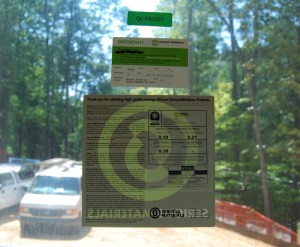
Serious Window - .18 U Factor
Yes, you’re reading that right. Those windows have the insulating quality of an inch of solid foam insulation! Also very cool, take a peek at the wall construction.
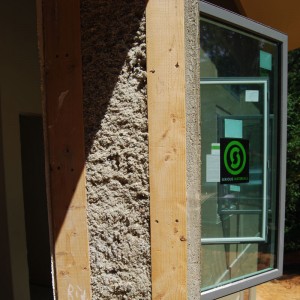
Wall Construction - Passive House in Carrboro, NC
That wall is over three times as thick as your typical wood-framed residential wall. It includes two inches of super high density concrete, solid core foam insulation, and recycled cellulose insulation. The panels are by Ideal Precast, a precast company located in Durham.
With rising energy costs, tightening energy codes, and dollar conscious consumers, designers and contractors will have to push hard to convince our clients of the importance of energy efficiency in residential design. While living in a Passive House may not be for everybody, I’ve yet to meet a person who would rather send a dollar to the local utility company rather than into the equity of their home.

